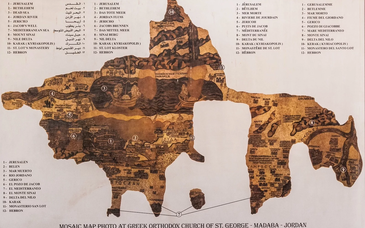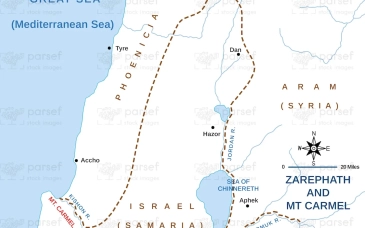The Bible is a collection of texts that were written over a period of thousands of years and in different parts of the world. As a result, the Bible contains a wide range of geographical references that provide insight into the historical and cultural context of the texts. Understanding the geography of the Bible can help readers to better understand the stories and events that are described in the texts and to gain a deeper appreciation of the people and cultures that are mentioned.
The Bible is primarily set in the Middle East, with a focus on the land of Israel and the surrounding regions. This includes places such as Jerusalem, which is considered to be one of the holiest cities in the Bible and is the site of many important events and stories. Other important places in the Bible include Bethlehem, where Jesus was born, and Nazareth, where he grew up.
The Bible also mentions many other regions and countries, including Egypt, which plays a significant role in the Old Testament, and Babylon, which is mentioned in the book of Isaiah. The Bible also mentions the Persian Empire, which was a powerful empire in the ancient world and is mentioned in the books of Ezra and Nehemiah.
In the New Testament, the Bible also mentions places such as Antioch, which was an important center of early Christianity, and Rome, which was the capital of the Roman Empire.
In addition to the geographical references, the Bible also contains many references to natural features such as rivers, mountains, and deserts. For example, the Jordan River is mentioned in many stories in the Bible, and the desert is often used as a setting for stories of wilderness and exile.


